Showing posts sorted by date for query Patching with Leibniz. Sort by relevance Show all posts
Showing posts sorted by date for query Patching with Leibniz. Sort by relevance Show all posts
Monday, June 16, 2025
How a patching matrix can unlock your modular synth | Archaea Exchange
video upload by Tom Churchill
"This video is all about things you can do with switches and dynamic signal routing in a modular synth. To explore these concepts I’ll be using a patching matrix called Exchange, from the Bristol-based Eurorack brand Archaea, who are kindly sponsoring this video.
Whether it’s routing sequences to different voices on the fly or instantly changing where modulation is being sent, manipulating your signal paths can add a whole new dimension to your patching."
Chapters:
00:00 Intro & patch previews
02:46 About Exchange
04:01 Simple signal routing
10:58 Patching a sequential switch
14:52 Patching a rotating switch
18:10 8-way rotating switch
21:02 Patching Exchange as a sequencer
23:57 Turing Machine adaptor
28:55 Into the Leibniz subsystem
33:36 Chaining multiple Exchanges
Wednesday, February 05, 2025
Patching with Leibniz - Episode 5
video upload by Xaoc Devices
"In episode 5, we will show you how to make nice evolving pads with just a mix of bit outputs, create a complex VCO with a Leibniz twist, and cook up something more than just a simple comb filter."
00:00 - Intro
00:05 - Patch 13
02:07 - Patch 14
06:50 - Patch 15
Wednesday, January 08, 2025
Patching with Leibniz - Episode 4
video upload by Xaoc Devices
"Episode 4 and another three patches for the Leibniz Subsystem! This time we're focusing on control signals showing you how to create a delay effect for voltages and an advanced LFO à la Leibniz. On top of that there are more ideas for shaping signals from Berlin."
00:00 - Intro
00:05 - Patch 10
03:56 - Patch 11
06:10 - Patch 12
Thursday, December 05, 2024
Patching with Leibniz - Episode 3
video upload by Xaoc Devices
Patching with Leibniz
"Here is the third episode of Patching with Leibniz. Let's see, if there is something better than Jena to pair with Berlin. How can you spice up this classic pair? Oh, and perhaps you want to master chaos? Leibniz style of course!"
00:00 - intro
00:06 - Patch 7
03:24 - Patch 8
06:25 - Patch 9
Monday, October 21, 2024
Patching with Leibniz - Episode 2
video upload by Xaoc Devices
Patching with Leibniz
"Here is the second episode of Patching with Leibniz. This time, we'll dive deeper into the waveshaping capabilities of Drezno and we'll show you some basic blocks for an advanced gate generator based on the Leibniz Subsystem.
00:06 - Patch 4
02:41 - Patch 5
06:05 - Patch 6"
Thursday, September 26, 2024
Patching with Leibniz - Episode 1
video upload by Xaoc Devices
Patching with Leibniz
"We know you've been waiting for this! A series of videos showing Xaoc Leibniz Subsystem patches. In each episode we will present three new ideas. Simple solutions, easy to incorporate into your everyday workflow, some clever and unusual ones, but also a few crazy monsters spitting out unexpected sounds, triggers and voltages! Stay tuned!"
00:06 - Patch 1
02:53 - Patch 2
05:25 - Patch 3
Saturday, December 23, 2023
Xaoc Devices LEIBNIZ #6 / ROSTOCK / delay and loop 8 bits of information / extensive playthrough
video upload by BRiES
"'ROSTOCK by Xaoc Devices should not be taken lightly' is what I figured out while making this video. ROSTOCK can be easily mistaken for just being a delay, but the patch ideas (provided in the manual of ROSTOCK) prove that with some creative insight you can use ROSTOCK for much more somewhat unexpected and useful things.
This video is a slow burn. I start of by proving that high-fidelity audio rate delay is probably not the strongpoint of ROSTOCK, but just like me there will probably be a lot of people hoping that they can still get away with using it as such. That's why I spend a generous amount of time showcasing this feature of the module. I demonstrate and explain how the clock works on ROSTOCK and how to use the seperate clock inputs, as well as exploring the loop and scramble features of the module. Afterwards I go into detail about the patches provided in the manual of ROSTOCK and you'll soon see that this is where ROSTOCK really shines: auto-generative waveforms, patching up a trigger/gate sequencer or 1-bit multi-tap delay, creating chaos and looping melodies, ... ."
0:00 intro
0:24 a few sounds
1:24 introduction to ROSTOCK
6:03 thank you Xaoc Devices
7:10 summary of the video
8:22 explaining audio delay (intro patch)
15:55 modulating length CV
19:27 modulating the clock
22:50 no clue about Leibniz?
25:30 clocks
27:40 conveyer belt analogy
31:08 loop and scramble
48:18 P.I.1 audio delay and feedback
1:00:49 P.I.2 JENA chaos loop
1:11:37 P.I.3 LIPSK gate sequencer
1:22:34 P.I.4. POCZDAM multi-tap
1:28:10 P.I.5 Turing Machine bonus
1:44:04 thank you for watching!
Monday, May 09, 2022
Xaoc Devices Sofia, Koszalin, Gera & Poczdam
video upload by Xaoc Devices
"Sofia is an unusual analog oscillator based on an original waveforming principle. The sound is a mixture of a warm saturated base tone and two modulating ripple elements. A wide array of control inputs coupled with separate outputs for numerous components of the sound shaping chain allows for extensive self-patching and complex animation of the final waveform. The resulting range of possible sounds is surprisingly vast, including but not limited to: vowel-like, tearing hard-sync effect, woody pings, warm and fuzzy sine-like evolving tones with a touch of bright sparkle on top. Sofia pairs very well with filters, but it also shines with just a VCA.
24hp, 30mm depth (including ribbon cable bracket)
Current draw:
+90mA/-80mA/0mA
Available: June 2022"
Xaoc Devices Koszalin
video upload by Xaoc Devices
"Koszalin is a full stereo frequency shifter (2 ins / 4 outs) offering both quasi-exponential and linear frequency change of up to +/-5kHz as well as full stereo feedback under voltage control. Frequency shifting results in linear translation of signal spectrum producing all kinds of atonal sounds. It should not be confused with frequency scaling, also known as pitch shifting. Complex phase cancellation patterns occurring with frequency shifting and deep feedback produce spectacular barber-pole effects. Koszalin offers direct control of feedback amount, feedback routing, and feedback response. It also facilitates frequency modulation of any stereo audio signal, thanks to the linear TZFM input.
10hp, 43mm depth (including ribbon cable bracket)
Current draw:
+12v 140mA/-12v 30mA/5v 0mA
Available: May/June 2022"
Xaoc Devices Gera & Poczdam
video upload by Xaoc Devices
"Gera
Gera is a component of the Leibniz subsystem that allows masking individual bits of the digital data by the use of logical AND operation. It features 8 individual gate inputs that affect the individual bits of data, as well as 8 illuminated tact switches for manual inverting of each control input. When connected to Drezno that is processing a waveform or voltage, masking of individual bits yields various forms of quantization.
Bit processing logic in Gera is hardware based, hence there is virtually no latency, and the binary signals may change at extreme rates.
6hp, 30mm depth (including ribbon cable brackets)
Current draw:
+12v 45mA/-12v 0mA/5v 0mA
Poczdam
Poczdam is a binary data routing solution for the Xaoc Leibniz subsystem. It allows manual and remote switching between two Leibniz data sources, modifying individual bits of the data stream, and re-clocking the data with its onboard voltage controlled wideband oscillator, or with any external clock signal. Poczdam is particularly useful with complex Leibniz setups that need to reconfigure the data flow between multiple modules. However, it can also be employed in small creative patches, e.g. for waveform splicing, disrupting rhythmic loops or generating digital chaos.
10hp, 30mm depth (including ribbon cable brackets)
Current draw:
+12v 20mA/-12v 10mA/5v 0mA
Available: June/July 2022"
HOME


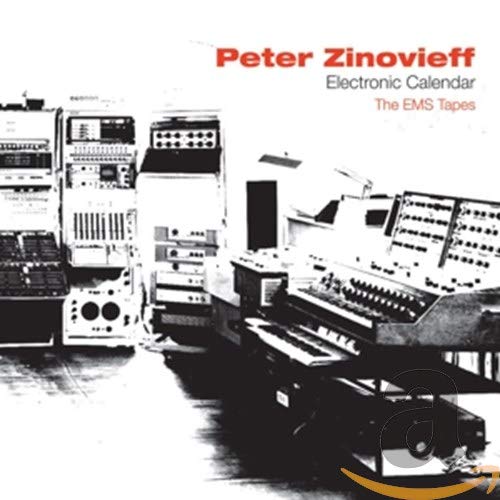
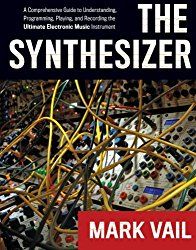
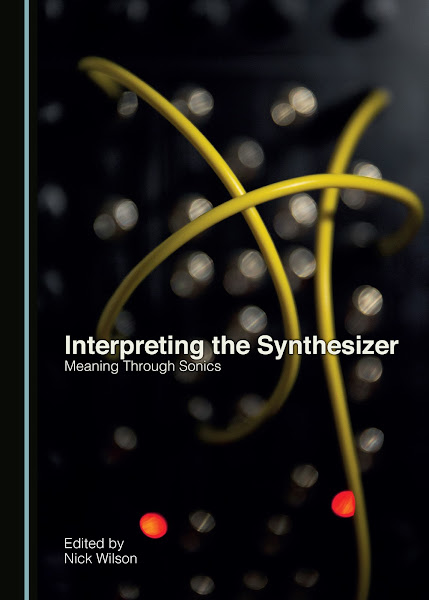
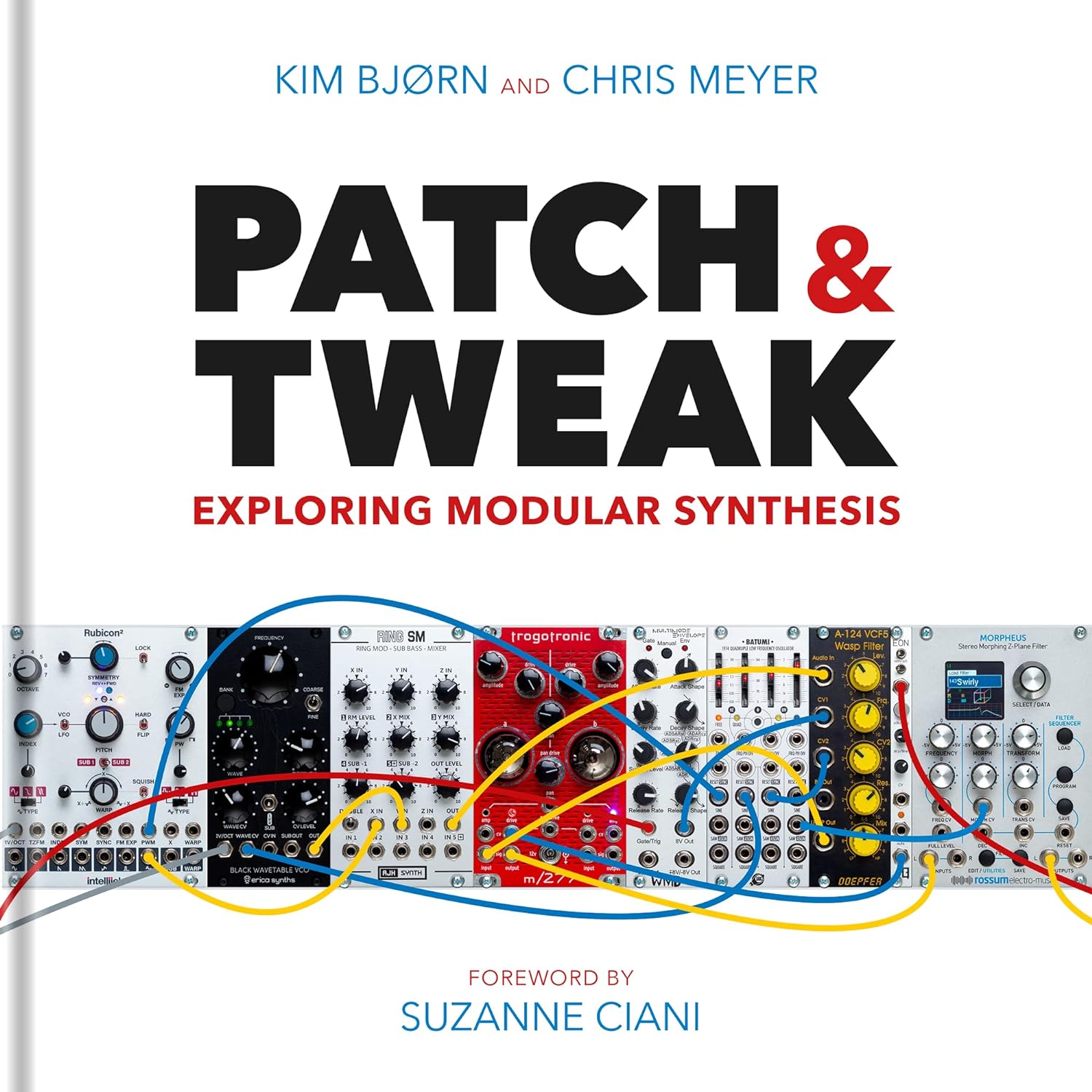
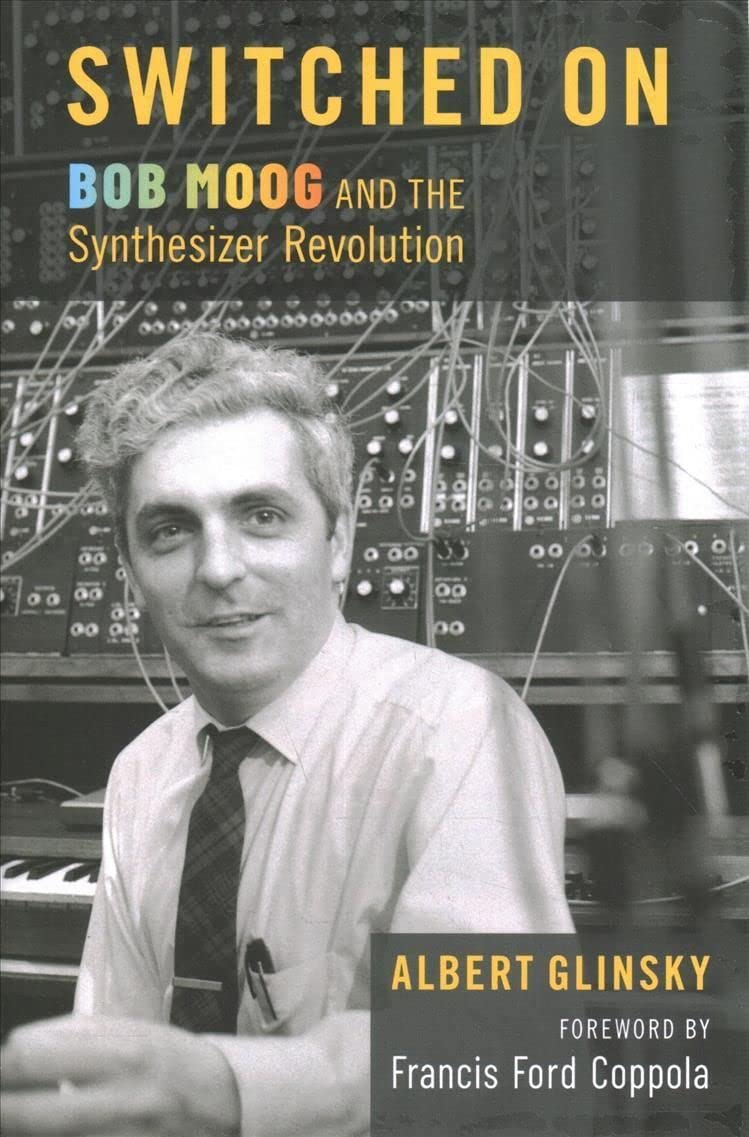
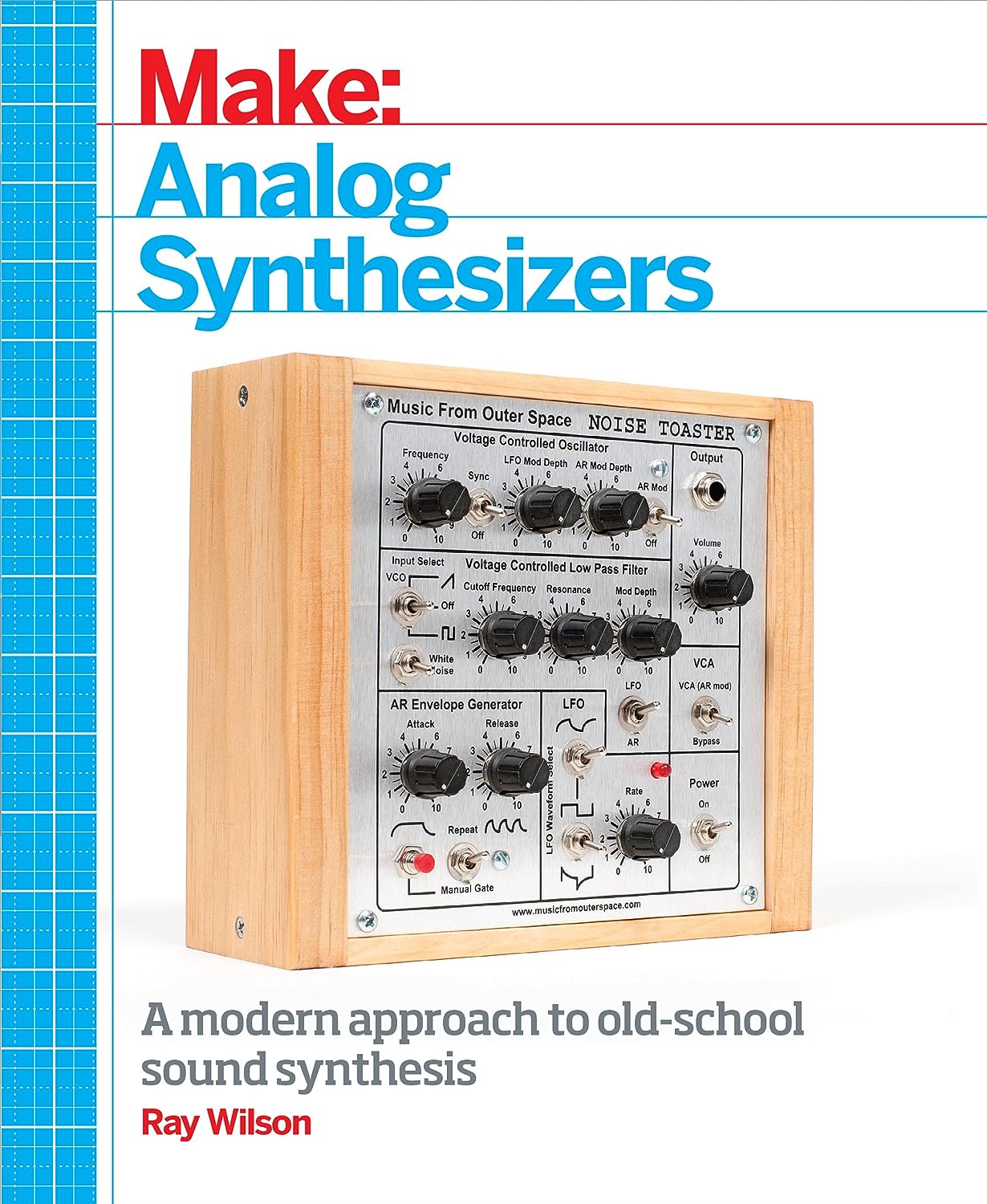
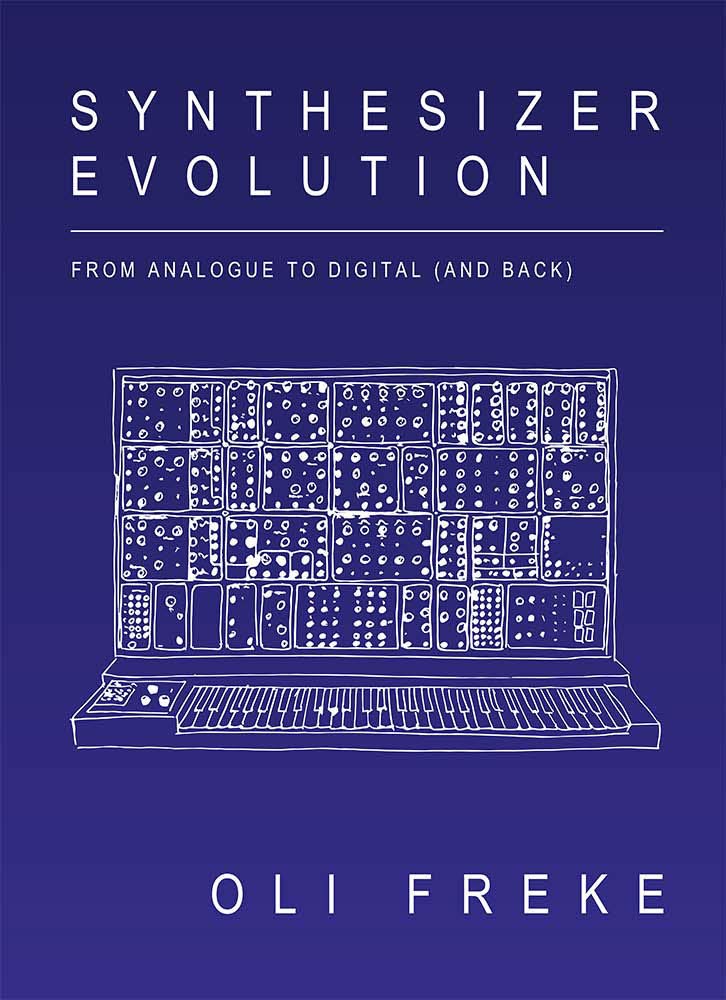

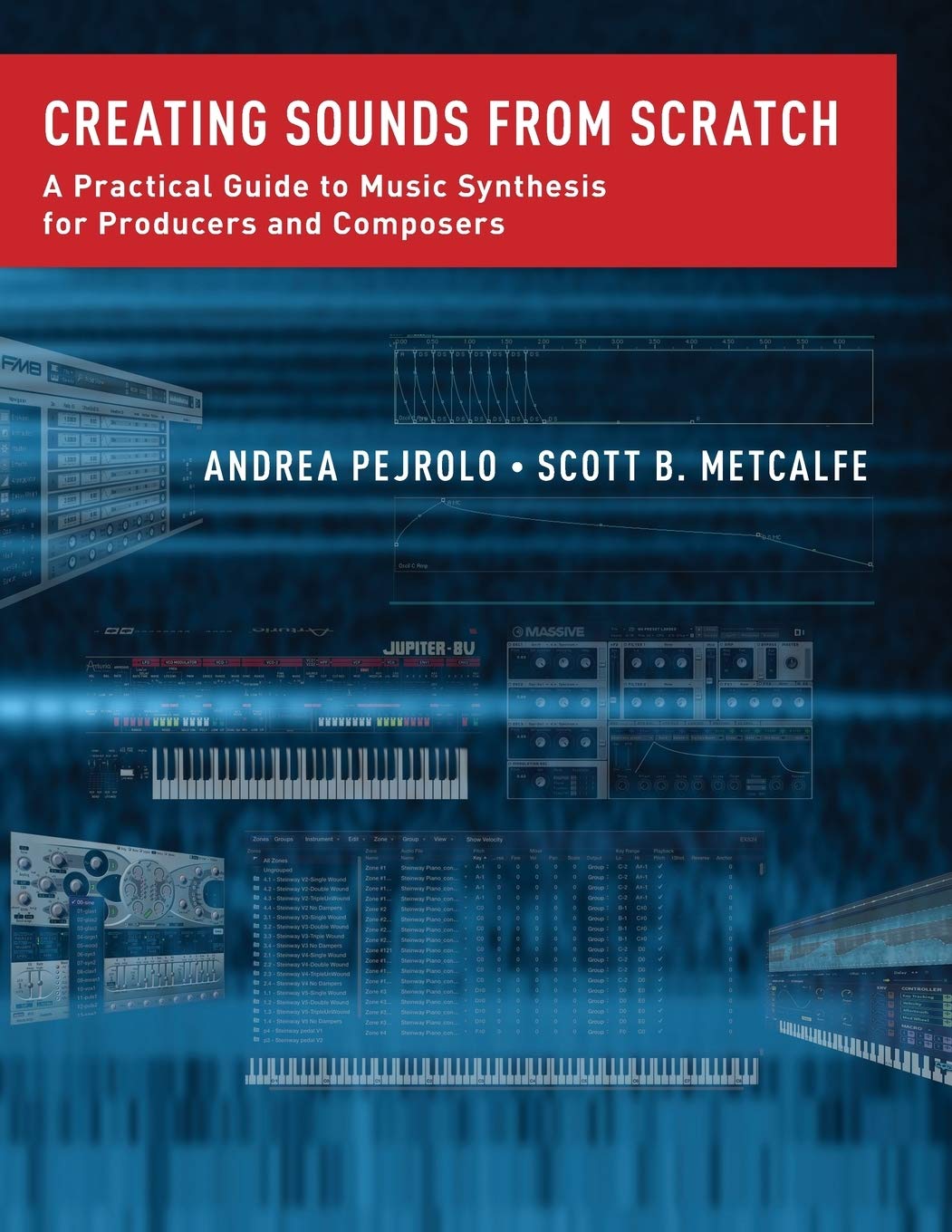
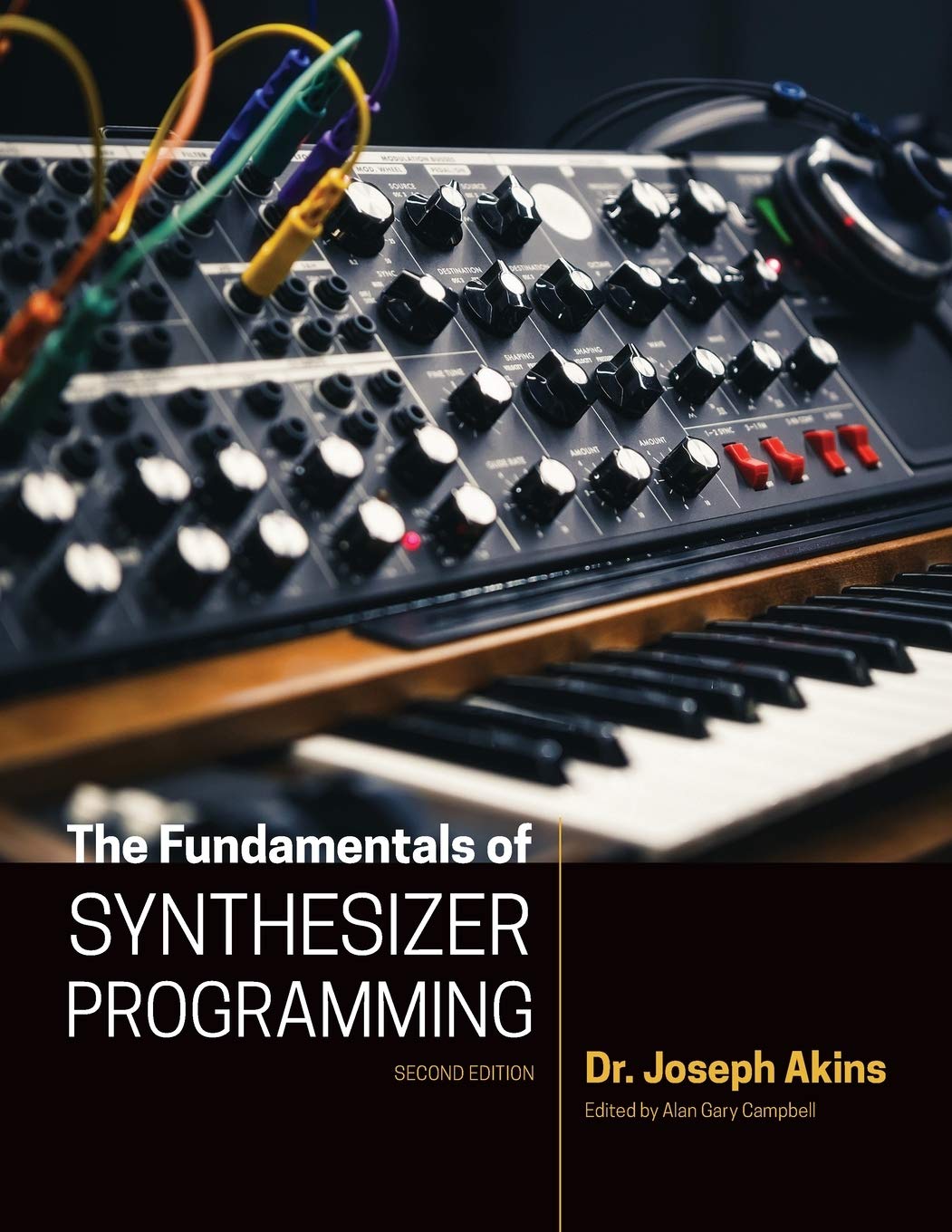

© Matrixsynth - All posts are presented here for informative, historical and educative purposes as applicable within fair use.
MATRIXSYNTH is supported by affiliate links that use cookies to track clickthroughs and sales. See the privacy policy for details.
MATRIXSYNTH - EVERYTHING SYNTH













© Matrixsynth - All posts are presented here for informative, historical and educative purposes as applicable within fair use.
MATRIXSYNTH is supported by affiliate links that use cookies to track clickthroughs and sales. See the privacy policy for details.
MATRIXSYNTH - EVERYTHING SYNTH

























